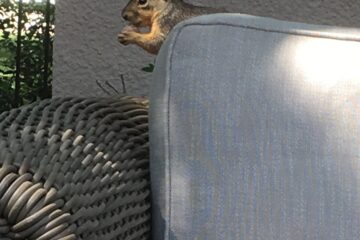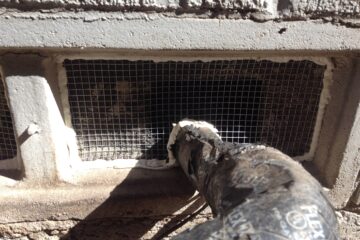In their relentless quest to infiltrate attics for ideal nesting sites, squirrels exploit small vulnerabilities all around the home. Here are prime areas professionals inspect closely during removal:
Attic Vents
Louvre and gable vents lacking secure covers provide ideal entry when squirrels gnaw through the thin slats. They just need a gap over 1/4 inch.
Fascia and Soffit Gaps
Gaps where wooden fascia boards meet soffit overhangs or siding offer prime access. They chew enlarging the openings.
Holes Around Cables and Pipes
Any cables, wires, conduits, or pipes penetrating exterior walls can create loosening around the edges. Squirrels investigate and gnaw these weak points.
Chimney Bases
Deteriorating mortar, small gaps, or uncapped flue openings allow squirrels to enter chimney voids and access the roof and attic from below.
Loose Shingles and Roof Seams
Shingles nailed down loosely or warped from age can create subtle gaps along the roofline. Flat seams between roof planes are also targets.
Trees Overhanging the Roof
Branches touching or extending over the roof provide highways for squirrels to scamper onto elevated entry points.
Crawl Space Foundation Cracks
Even hairline cracks in crawl space foundations get exploited. Inside, they gnaw rapidly enlarging the gaps into sizable holes.
These problematic areas offer technicians helpful clues where to direct exclusion efforts. Think like a squirrel – the weaknesses become clear.




